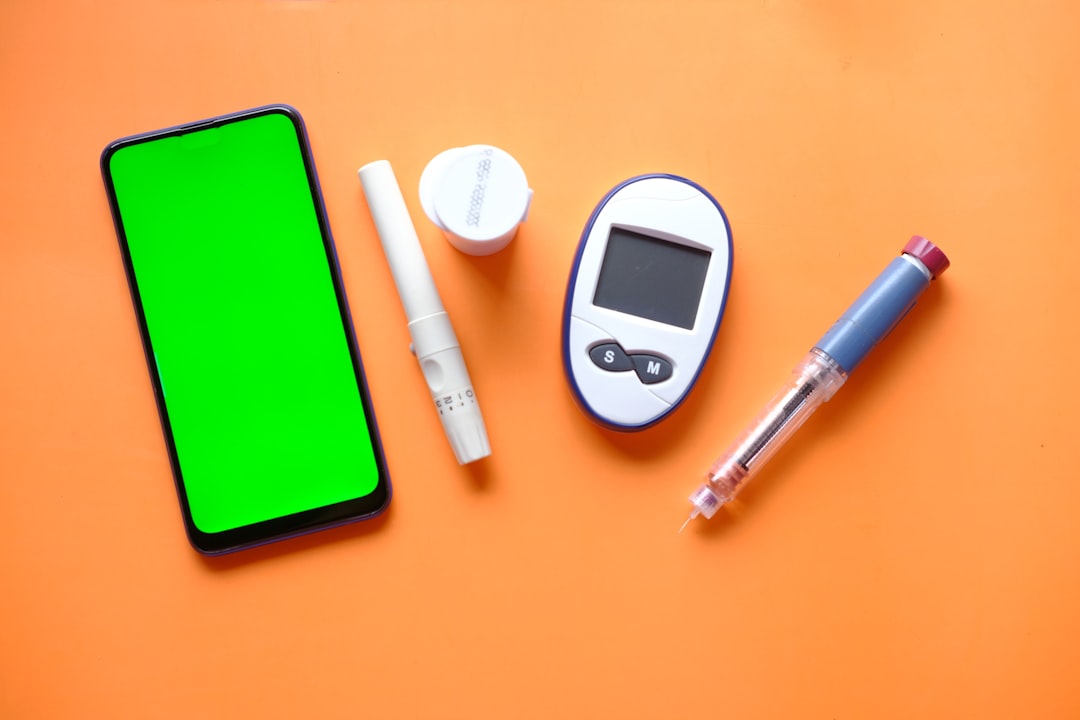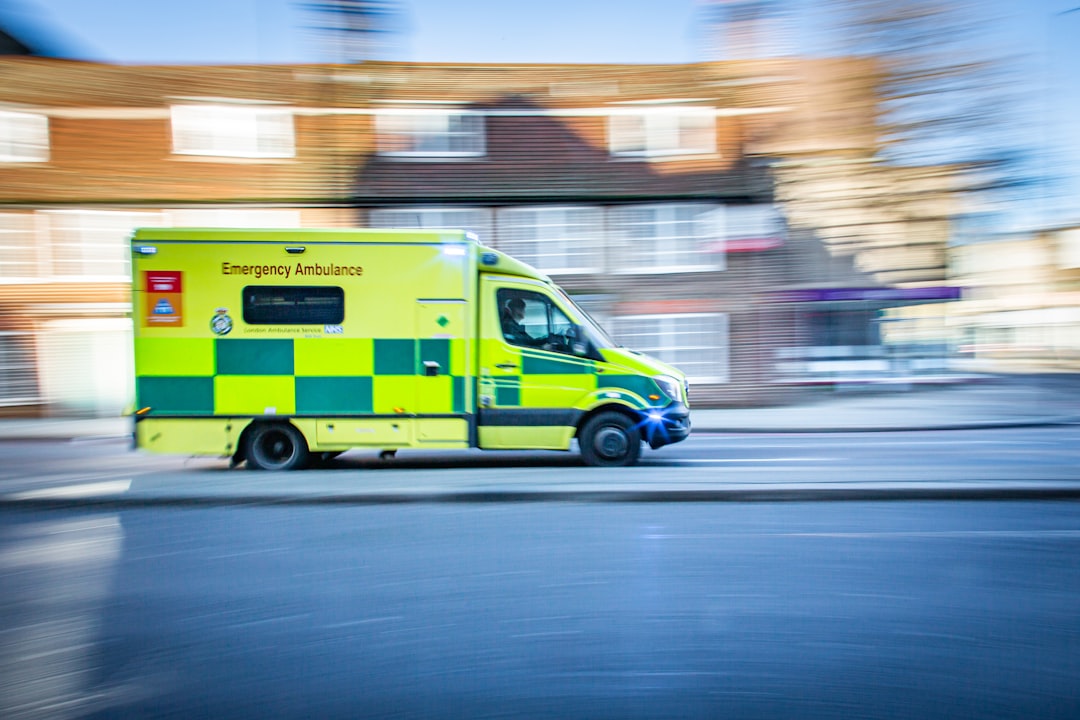What is it about?
This article reports the results of a pilot trial of home-based upper limb training for people with impaired arm and hand function after a stroke
Featured Image
Why is it important?
Good pilot trials are needed to show that interventions can be delivered and that patients can be recruited and retained in a trial, before proceeding to an expensive definitive trial.
Perspectives
The article is the culmination of three years work by the research team and our clinical collaborators. While repetitive task practice is recommended in National Guidelines, Cochrane reviews have called for more high quality trials to provide evidence for practice. Our reach to grasp trial showed that the training was acceptable to participants and that on average ten times the practice (in repetitions of goal directed or functional movements) were achieved when compared to usual care. If the follow-on definitive trial shows the training is clinically effective then community stroke services should be supported to find ways to provide patients with optimal opportunity to practice.
Dr Ailie J Turton
University of the West of England
Read the Original
This page is a summary of: Home-based Reach-to-Grasp training for people after stroke is feasible: a pilot randomised controlled trial, Clinical Rehabilitation, July 2016, SAGE Publications,
DOI: 10.1177/0269215516661751.
You can read the full text:
Contributors
The following have contributed to this page










